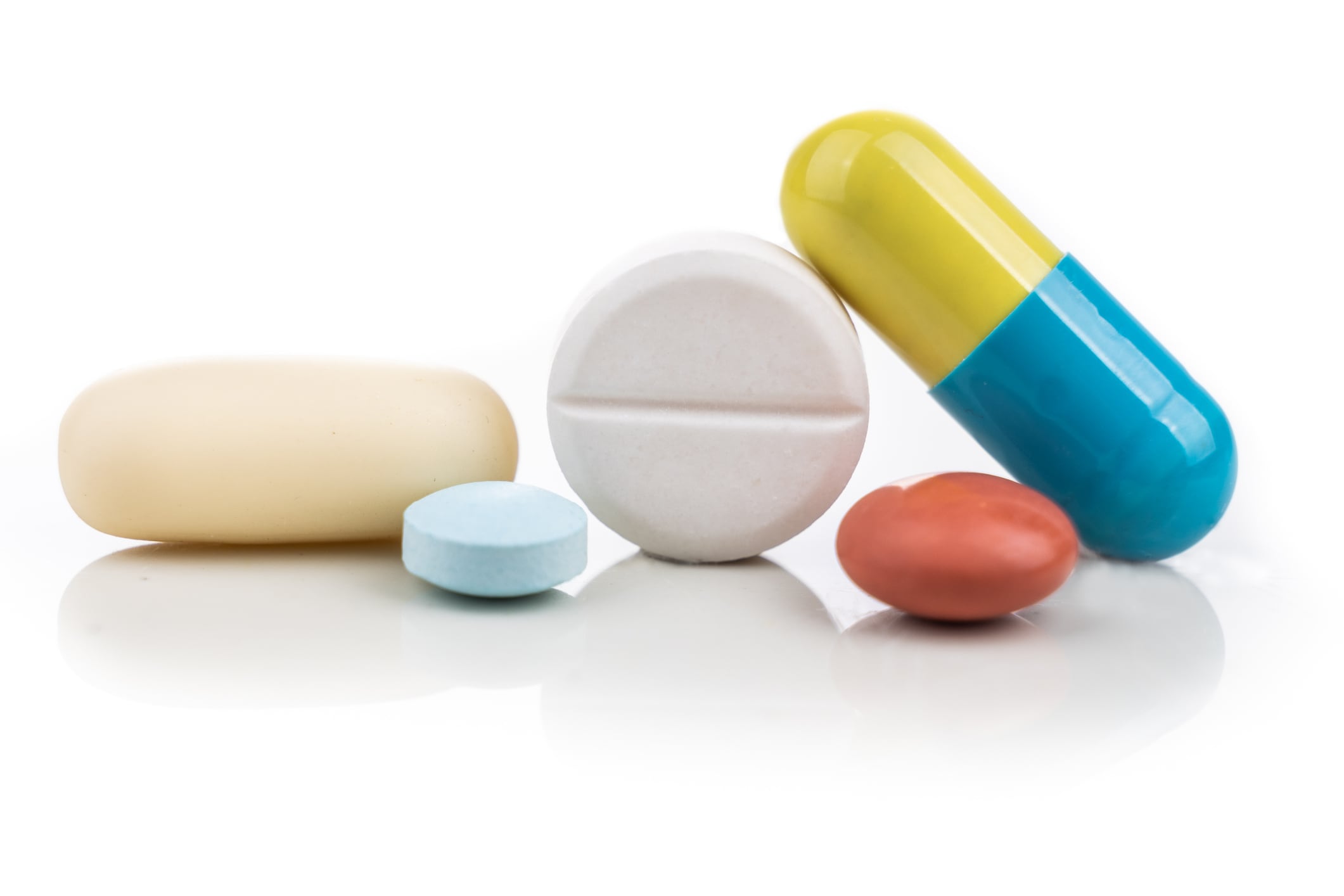As consumers turn to nutraceuticals to supplement their diets, the demand for convenient and effective delivery formats is on the rise.
According to part one of the Vitafoods Market Innovations report on disruptive delivery systems for better bioavailability, the global vitamin and minerals market is set to reach $24.69 billion in 2026, driven by new digital technologies and personalisation in the nutraceutical sector.
Tablets and capsules remain the most popular formats for supplement users, with 63% preferring tablets and 67% choosing capsules, according to FMCG Gurus.
Yet many consumers are experiencing pill fatigue as this format does not offer much room for innovation, according to Vitafoods.
This has driven innovation in the development of easy-to-take formats that prioritise convenience, while also ensuring efficacy.
Yet some alternative formats are struggling, with experts suggesting the reasons are likely due to price implications and concerns around bioavailability.
Some new formats, such as chews, sachets, and shots, may be at the forefront of innovation, but account for small sales volume. What's more, according to market analysts, sales in effervescents are likely to continue to drop by 3.2% this year.
However, the report states that powders are becoming a popular delivery format, accounting for 30% of new product launches, while gummies have seen 54% annual growth in global supplement launches, according to Inova Market Insights.
Boosting bioavailability
According to expert opinion included in the Vitafoods report, nutraceutical companies must prioritise convenience, price, and most importantly, efficacy, when designing delivery format.
Raphaëlle O’Connor, founder and director of product development company inewtrition, tells Vitafoods: “An innovative delivery system is about ensuring that end-users get value for money, and the product they consume helps to deliver the benefits where it is needed in a quantity that is beneficial to their health.
“Without some of these delivery systems, the product we consume could be of very little benefit at all.”
Nanoencapsulation
Vitafoods notes promising development progress in nanoencapsulation, a technique that can improve the effectiveness of nutraceuticals by enhancing their bioavailability, solubility, and stability.
The process involves the application of a protective coating around the active ingredient to isolate it from the external environment until it is released. Encapsulation can also mask undesirable tastes and decrease the required dose of substances, resulting in less waste and cost-efficiency.
A study referenced in the report found that nanoencapsulation can present as “an excellent tool for modification of parameters of bioactive agents”.
O’Connor states: “In terms of processing and technology, note that being nano in particle size provides a higher and quicker absorption, sustained over a period of standard time, ensuring maximum concentration of ingredients.”
The report draws attention to startups Sphera Encapsulation and Capsoil FoodTech, who are working on solutions to the problem of making oils soluble in water.
Sphera is working on soluble oils for use in functional beverages and sports drinks, while Capsoil FoodTech has developed a proprietary technology that transforms oils into a self-emulsifying powder that dissolves easily in water.
Martina Vakarelova, Co-CEO of Sphera Encapsulation, explains in the report that another benefit of working at the cellular level was a decrease in waste, as the increased bioavailability means “you need to use less [of the active compound] to get to the same point, because the bioavailability is bigger,” a point that means the process is more cost-efficient.
Consumer preference
Cost efficiency is of great importance to consumers as well as companies, the report explains.
According to Maria Pavlidou, partner and senior strategy consultant at branding agency, the Healthy Marketing Team: “For the mass market consumers, taste, cost, and convenience are key for new product acceptance and purchase."
She outlined the FourFactors Brand Acceleration System, which segments consumers into four groups according to their attitude towards innovation: “technology consumers”; “lifestyle stakeholders”; “early mass market consumers”; and “late mass market consumers.”
She explains that, while the highest levels of innovation are seen in very early adopters, who make up only a small part of the population, the most traditional delivery formats remain the most popular among most of the population.
She suggests that brands must make new formats accessible to a larger consumer pool by providing options that appeal to different audiences.


